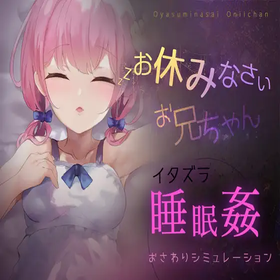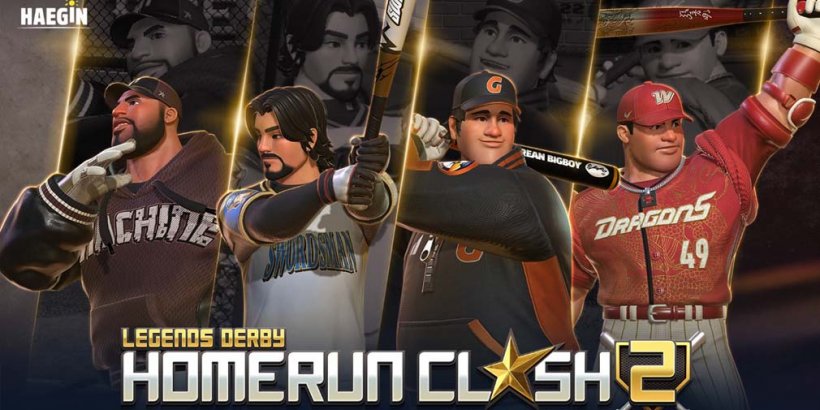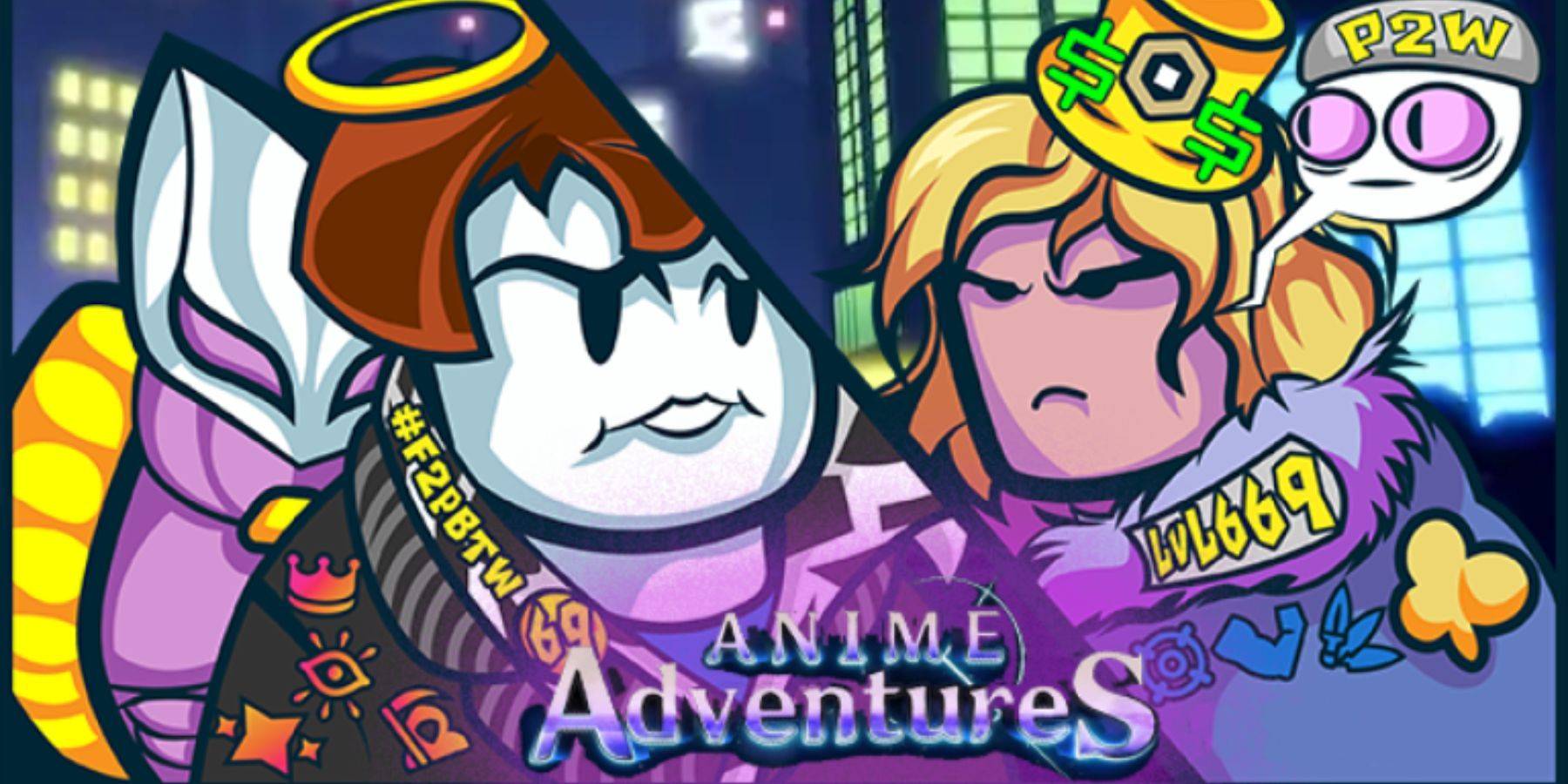Monster Hunter: Exploring Themes and Narrative Deeply
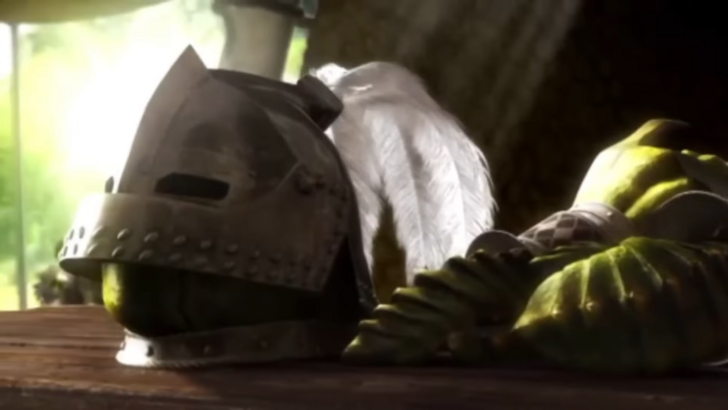
The narrative of Monster Hunter is often overlooked due to its seemingly straightforward nature, but a closer look reveals a rich tapestry of themes and stories. This deep dive will explore the complexities hidden beneath the surface of the series.
← Return to Monster Hunter Wilds' main article
Evolution of Narratives in Monster Hunter
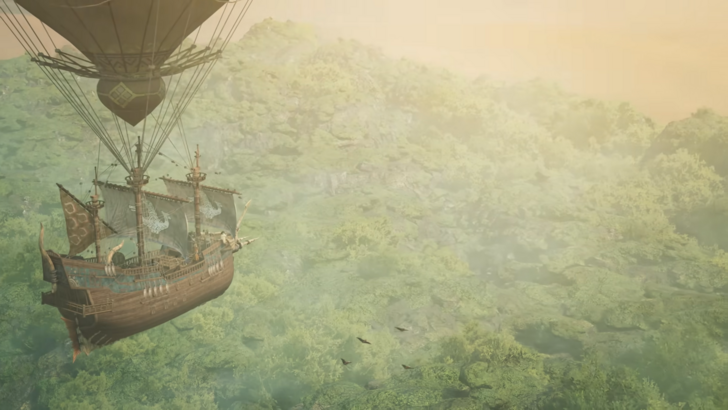
The Monster Hunter series is not primarily known for its storytelling. Many fans, including myself, would argue that the narrative has never been its main focus. However, this doesn't mean the story is absent. The game's mission-based structure often leads players to view the narrative as secondary, but there's more to it than meets the eye. Let's explore the mainline series' stories to uncover whether they are as simple as they seem.
How It All Starts

The Monster Hunter games typically follow a similar structure: you begin as a novice Hunter, taking quests from a village elder or leader, and gradually rise to become the top-ranked Hunter in your village. As you gain higher ranks, you can tackle more formidable and larger monsters. The primary motivation is to showcase your progression as a Hunter, culminating in defeating the final boss of each game, such as Fatalis in Monster Hunter 1.
Even with the newer games like World, Rise, and their expansions, which feature more developed stories, the core journey remains consistent. However, these latest iterations provide a more structured narrative that players can follow.
Protecting the Natural Order
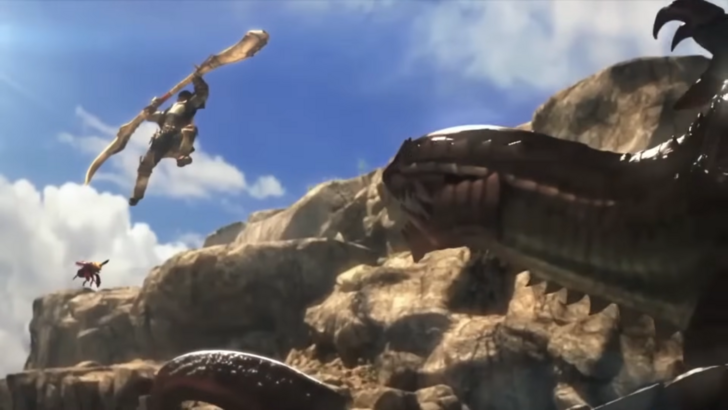
The series often explores the Hunter's role in maintaining the ecosystem's balance. For instance, in Monster Hunter 4 (MH4), the Gore Magala's Frenzy Virus threatens the ecosystem's equilibrium. The virus, originating from the Gore Magala's scales, makes monsters more aggressive and ferocious. By defeating the Gore Magala, you restore balance to the ecosystem.
Monster Hunter: World and its expansion, Iceborne, delve deeper into this theme. The endings of these games highlight humanity's responsibility to restore balance to the natural order, while also acknowledging the need to learn more about how nature operates. In Iceborne, the introduction of Nergigante as nature's force of balance underscores this theme, albeit in a somewhat underwhelming cutscene.
The base game's ending refers to the player as the "Sapphire Star," a guiding light that echoes the in-game creation story, The Tale of the Five. This signifies the Research Commission team's acceptance of their role as nature's guardians in the New World, with the Hunter as their guide. However, the somber tone of Iceborne's ending suggests that humans still have much to learn about nature's resilience and ability to survive without their interference.
Thematically, this reflects real-world nature, where living beings adapt to survive. Monster Hunter emphasizes that nature can thrive independently of human intervention, revealing deeper layers beneath its surface narrative.
Monster in the Mirror
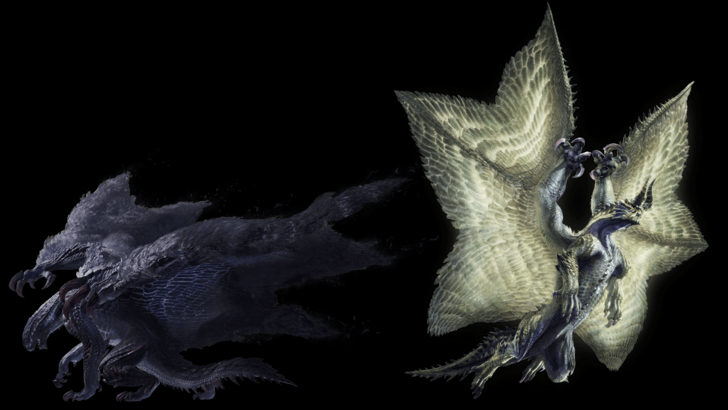
In MH4, defeating the Gore Magala only leads to its transformation into the Shagaru Magala, an elder dragon, necessitating another battle. This sequence mirrors the player's journey of upgrading equipment and returning for subsequent challenges, suggesting that monsters also learn and adapt from Hunters.
The Ahtal-Ka from Monster Hunter Generations Ultimate exemplifies this theme. Initially appearing as a large bug, it transforms into a formidable foe by piloting a mechanical creation, the Ahtal-Neset, and later wielding a giant wheel. This reflects the ingenuity of Hunters, as Ahtal-Ka uses similar weapons and even constructs its own fortress from battlefield scraps. Its unique approach to combat might have inspired the Silkbind moves introduced in Monster Hunter Rise.
Man Versus Wilds: Your Story
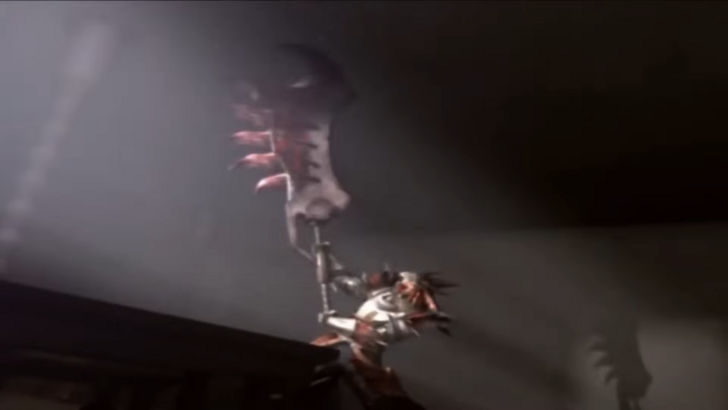
At its core, Monster Hunter is about the player's journey of improvement and overcoming challenges. Similar to the Souls series, the joy comes from facing and conquering seemingly insurmountable obstacles. The introduction of the Tigrex in Monster Hunter Freedom 2 serves as a prime example. Starting with weak gear, the player is pushed off a cliff by the Tigrex, setting a clear goal to defeat it.
As you progress, you revisit the Snowy Mountains to deliver Popo Tongues, only to encounter the Tigrex again, this time on your terms. These moments, though not part of a traditional narrative, provide motivation and a sense of progression, culminating in the thrill of overcoming personal challenges, like my first victory against the Yian Garuga.
The newer games, including Monster Hunter Wilds, are shifting towards more structured narratives, enhancing player investment in the gameplay. While the stories may not be the most compelling in gaming, the Monster Hunter series excels in weaving the player's experience into a memorable personal narrative.







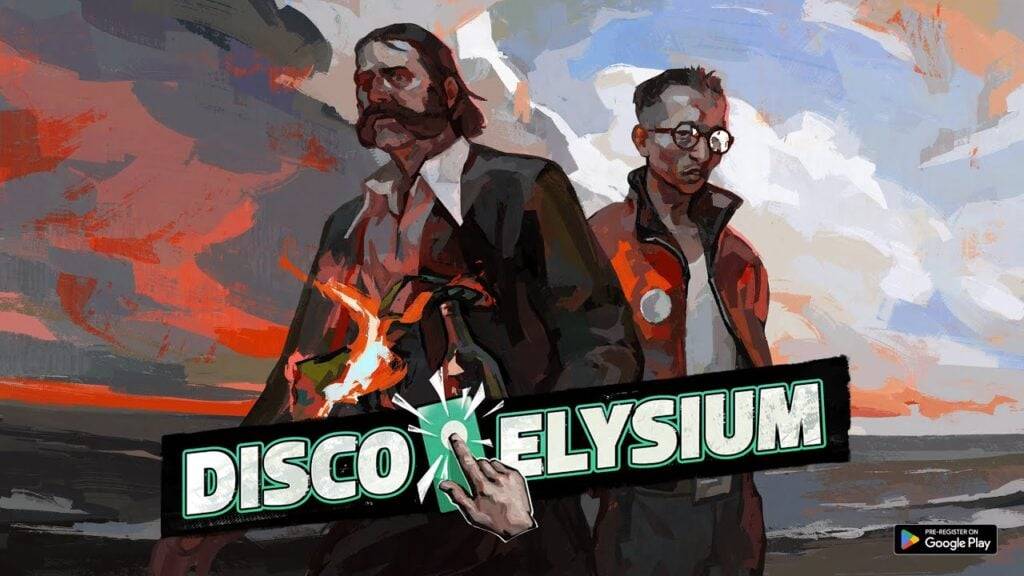

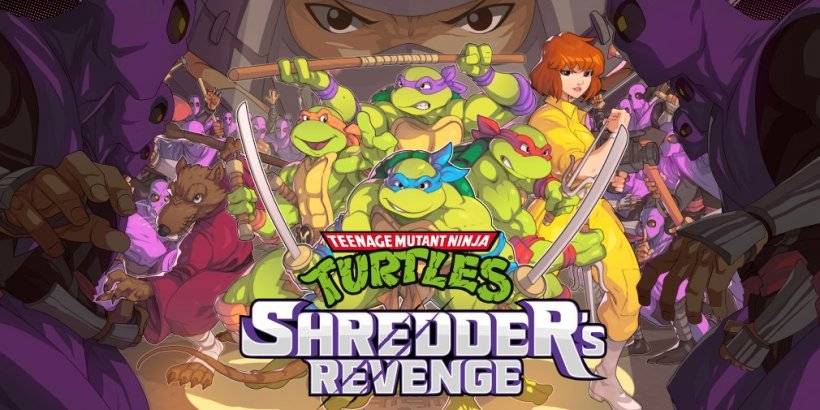
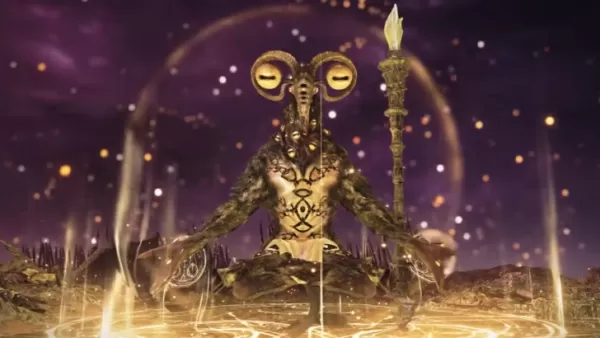
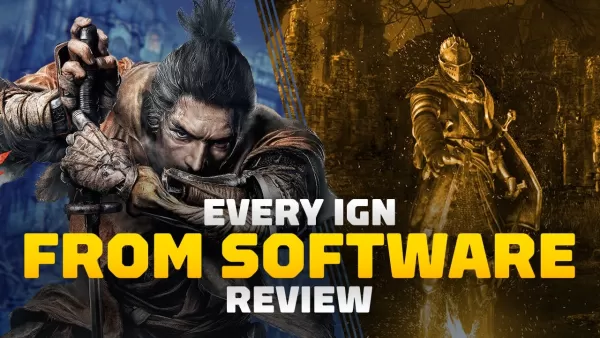


![After Guardian Angel [remake '17]](https://imgs.21all.com/uploads/77/1731989317673c0f45bdf26.jpg)



